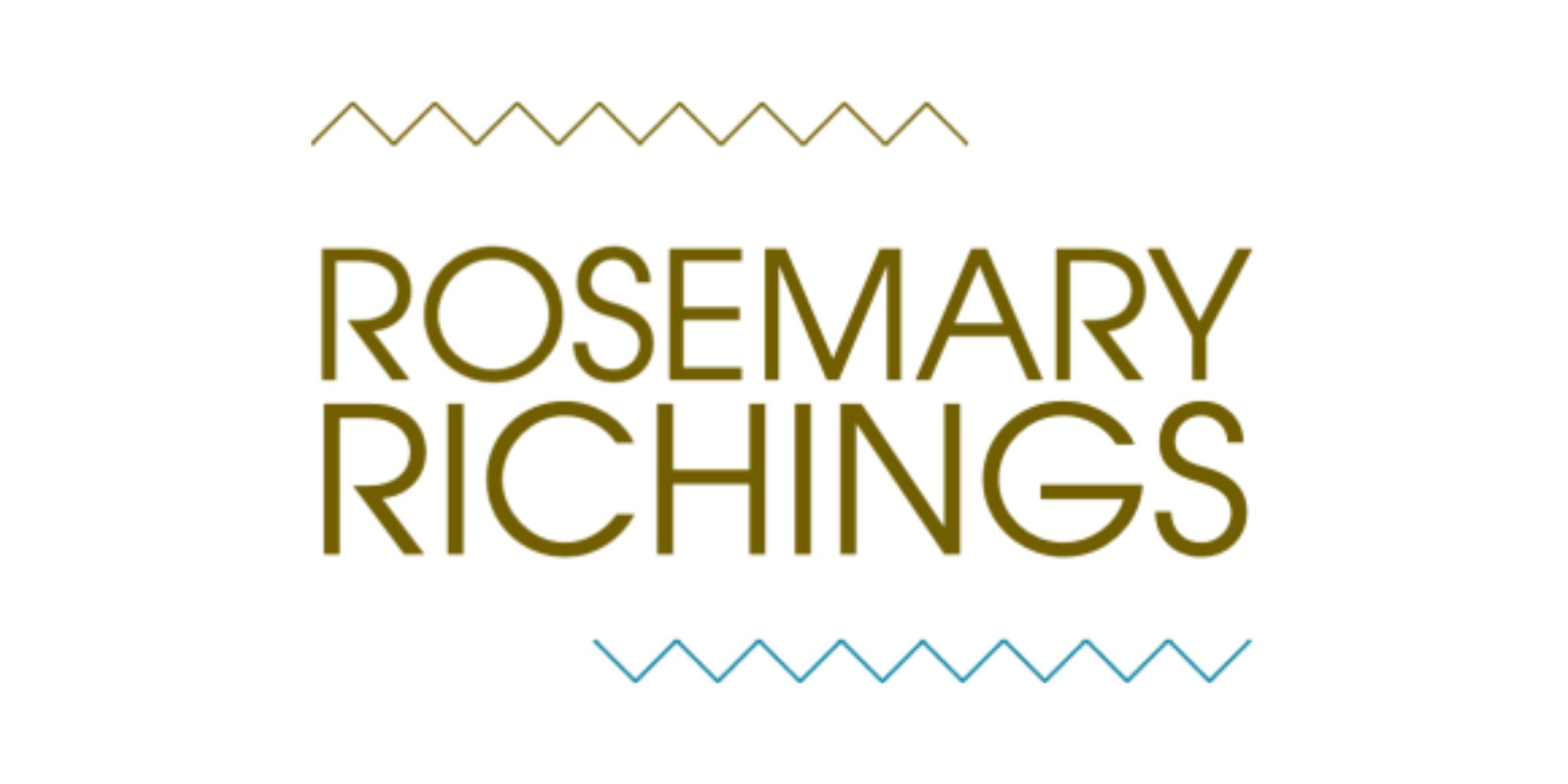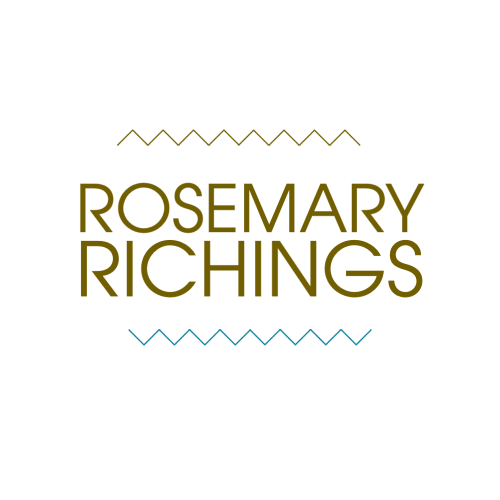My local tea sommelier’s sales process is something that I think all small businesses can learn something from.
Because it perfectly sums up the one advantage of choosing an independent small business instead of a large, international retailer.
Don’t get me wrong. There’s nothing wrong with large corporations.
I’d be a giant liar if I said I only support mom and pop businesses.
Sometimes I’ll buy something from Starbucks, but I’ll visit my local fruit market, and my local butcher just as often.
Not to mention, many of my clients have small teams and non-corporate budgets…
So the goal is always the same…
Figure out how what sets them apart from large corporations.
No matter what, the answer is always the same:
Nothing beats the feeling of familiarity and transparency while purchasing fresh, local products.
Here’s how this relates to my local tea sommelier’s sales process, and what you can learn from it.

1) She remembers tiny details
My partner has been one of the tea lady’s most regular customers for a lot longer than I have.
And that’s exactly why I noticed one of the most crucial characteristics of my local tea sommelier’s sales process so quickly.
When my partner took me to her store for the first time, he hadn’t seen her in a while and she still remembered everything from his last few purchases, to where he used to work.
And when she got to know me, she remembered important details about me as well.
In fact, it got to the point where I didn’t even have to say anything for her to know exactly what I should buy next.
Everything from my English upbringing and my love of rooibos tea, to the intense headaches I get in the summertime, consistently help her come up with customized suggestions.
And if you think about it, this keeps people coming back for more.
Because you could go to Starbucks and have the same choices, and different staff every single time.
Or you could go see someone like the tea lady and experience the charms of personalization, a genuine sense of human connection, and the fun of not knowing what she’ll recommend next.
What you can learn from this:
Remembering something small but important about your customers and then adding a surprise, complimentary, special feature based on what they told you can make a huge difference.
For example, I just started working with a new client this week, and when we had a phone conversation, she mentioned that she was in the launch phase of her product.
So as soon as I hung up the phone, I wrote her the following email…

And then she thanked me. This was also the same conversation where we mentioned how payment would work.
Because I went one step further than what she was hiring me for, I made her feel special, and I established trust.
Although the exercise I sent her is available in my mini book newsletter, I told her that as one of my clients, I was willing to save her the trouble of having to opt-in.
This made asking for a deposit upfront feel extremely painless and natural, and I would highly recommend this approach to anyone that feels nervous and sweaty when it’s time to provide a quote.
2) It’s a one-on-one process
And it doesn’t matter if you’re the only person in the store, or we’re one of ten people.
All customers are treated like they’re the only ones in the store.
In fact, she doesn’t just sell tea, she shows genuine interest in her customer’s lives.
Therefore buying something from her feels less like a sales transaction, and more like a conversation.
Here’s what being one of the tea lady’s customers feels like:
After she greets you and welcomes you into her store the conversation starts, and here’s the natural flow of the typical customer conversation:
- She’ll share stories of her travel adventures
- She’ll talk about what she and her husband have been up to lately
- Then she’ll ask questions about you that show interest, based on what you’ve told her that day or over the long-term.
Next thing you know the tea on the shelves of her store will become a subtle but also natural part of the conversation.
And it starts with a simple question:
“What exactly are you looking for today?”
Then she’ll let you smell the tea, she’ll describe what it tastes like, and tell you exactly where it comes from.
What you can learn from this:
My local tea sommelier’s sales process is proof that one-on-one attention can do wonders for your business.
For example, did you know that companies like General Motors have experienced an additional $700 million dollars in additional revenue, thanks to customer satisfaction?
Even if that’s nowhere near your typical profits, you’ll likely also see an increase in profits when customers feel like their needs matter.
Because they’ll likely tell their friends and family, and their friends and family will tell others about how awesome you are, and the cycle will continue every time someone has a good experience.
3) Value then price (not the other way around)
Cost is always the last step in the conversation, which is actually pretty clever because the tea lady’s products aren’t cheap.
In fact…
- There aren’t even any price tags on the large containers of tea on the walls.
- And the price tags on the tea-related accessories are so small you have to hold them in your hands to know how much they cost.
Instead, she draws you into the conversation and encourages you to consider a variety of options before buying something.
And then she listens to what you say about what you’re looking for and then says:
“Well we just got a shipment of something that does wonders for what you’re looking for, and here’s why, along with the back story of where it comes from.”
Often, the backstories are so interesting that this is always part of what you’re paying for.
My local tea sommelier’s sales process can be summarized as the following:
She puts herself out there as the expert that knows every tiny detail about what she sells, and she genuinely cares about using her products to solve any problem.
And I mean…who wouldn’t be emotionally drawn to that?!
Once you show signs of being interested in a specific option, the price becomes a friendly side note, as she says:
“Oh and by the way, here’s how much that will cost per gram.”
And by the time she says that the sense of trust is established enough that the price seems perfectly acceptable and non-debatable.
The same rule applies to any business if you don’t want hagglers…
In fact, I try to make an approach that’s a lot like my local tea sommelier’s sales process part of my business as well.
Although my prices are available on my website, I always communicate costs by explaining exactly what’s included first, mentioning the benefits, followed by an exact quote.
And if people don’t like it and want to bargain with me, I offer to take away features and explain exactly how much money those features take away from the total cost.
This has lead to better clients who are more respectful of my time. Because it creates a feeling within them that they’re not just hiring me because I provided a Walmart-like bargain.
And if that still doesn’t work, I simply refer them to someone else.
If I wanted to be paid unfairly, I would have opted for minimum wage work instead of self-employment.
I urge you to do the same as well. Pick a price and stick to it, and then make sure that what you’re offering provides the right amount of value.
And if you’re not sure what to charge, here are 5 key questions to consider.
But the most important thing to remember is this…
My local tea sommelier’s sales process is proof that you don’t need gross, outdated tactics like invasive, unwanted YouTube ads, and in your face pop-ups to attract customers.
You just need to consistently show your customers that you care about their problems, accomplishments, etc.


